16 October, Istanbul
Haci Mimi Apartment 53TL
Church, mosque, museum. The extraordinary Aya Sofya (Hagia Sophia), originally a Greek
Orthodox church completed in 537AD by Byzantine Emperor Justinian, was
converted into a mosque in 1453 when Constantinople was conquered by the
Ottoman Turks under Sultan Mehmed II; in 1935, at Atatϋrk’s suggestion, it was
opened as a museum. The “Shrine of the Holy Wisdom of God” was designed by a
physicist and a mathematician, both Greek, and remained the world's largest
cathedral for nearly a thousand years; it is said to have “changed the history
of architecture”. On entering the Hagia Sophia for the first time, Justinian
proclaimed, “Solomon, I have outdone thee!” Prior to the 1453 conquest of
Constantinople, the church was damaged by earthquakes, restored and improved;
and was ransacked and desecrated during the Fourth Crusade by Latin Christians
who not only destroyed or stole items of immeasurable value from throughout
Constantinople, but murdered and raped civilians in their thousands. When the
Ottomans conquered Constantinople, in accordance with custom, the troops were
allowed three days to pillage. Those who had taken refuge in the church were
killed, raped or sold into slavery. Until the construction of the Sultan Ahmed
Mosque (Blue Mosque) in 1616, the Aya Sofya was the principal mosque of
Istanbul and served as inspiration for the construction of several Ottoman
mosques. The church was richly decorated with mosaics depicting the Virgin Mary,
Jesus, saints, emperors and empresses. These were plastered over during the
conversion, but many have been uncovered and cleaned up. An interesting
challenge faced by the museum is whether or not to destroy Islamic works of art
added later in order to (perhaps) expose additional mosaics. We visited with
Charl’s son Martin and soon-to-be-daughter-in-law Wendy in town en route a
sailing holiday in Greece.
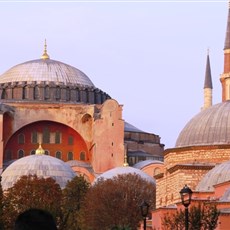
Aya Sofya
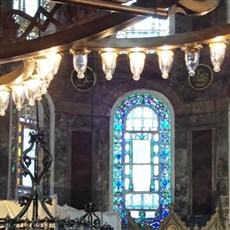
Aya Sofya
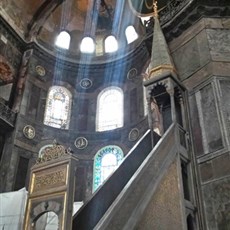
Aya Sofya
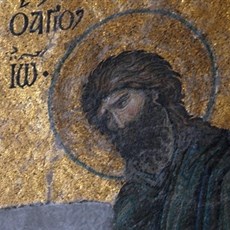
Aya Sofya
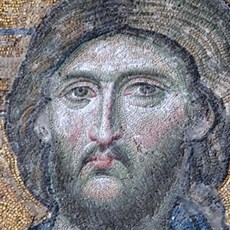
Aya Sofya
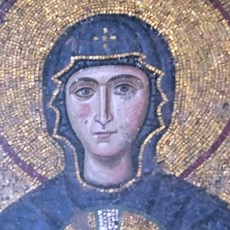
Aya Sofya
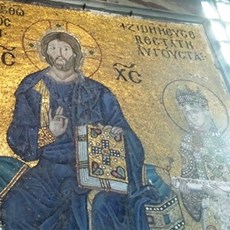
Aya Sofya

Aya Sofya
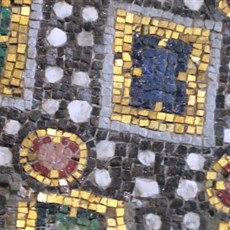
Aya Sofya
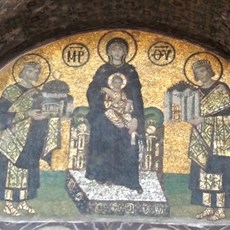
Aya Sofya
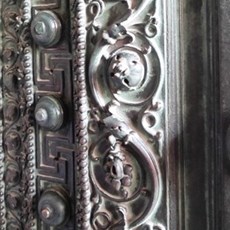
Aya Sofya